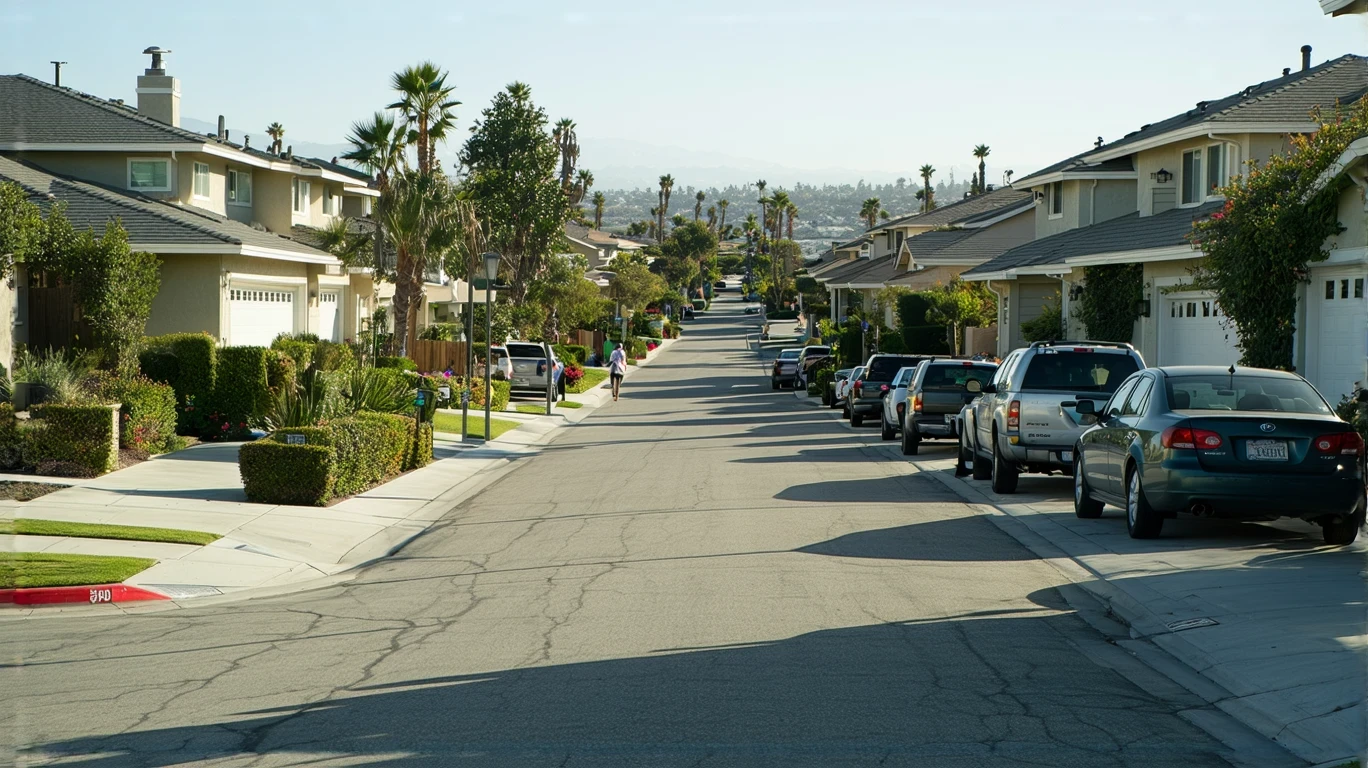
Renting vs. Owning in Oceanside: What You’ll Pay
When deciding between an apartment or house in Oceanside, it’s important to consider the cost differences. Renting a 2BR apartment in Oceanside typically costs around $2,200/month, while a 3BR house may cost closer to $3,000/month. The average rent for a 3BR house in Oceanside is $2,950/month. However, the cost of renting a 3BR house can vary depending on the neighborhood, with more affordable options in areas like Rancho Del Oro.
For those looking to buy, single-family homes are the most popular choice for new homebuyers in Oceanside. According to recent data, 65% of new buyers in Oceanside opt for a detached house over a condo or townhome. While the upfront costs of buying a house are higher, many find the long-term benefits and extra space worth the investment.
It’s important to factor in additional costs beyond just rent or mortgage payments. Homeowners in Oceanside need to budget for property taxes, insurance, and HOA fees, which can add hundreds to the monthly bill. Renters may have some of these costs built into their rent price, but should still consider average monthly expenses like utilities and renters insurance.
Table: Cost Comparison – Apartment vs House
Here’s a side-by-side breakdown of common monthly costs in Oceanside:
| Expense | 2BR Apartment | 3BR House |
|---|---|---|
| Rent/Mortgage | $2,200 | $3,000 |
| Utilities | $150 | $250 |
| Internet | $60 | $80 |
| Insurance | $15 | $100 |
| Maintenance | $0 | $150 |
| HOA | $0 | $250 |
| Total | $2,425 | $3,830 |
Estimates are for mid-range units with typical usage.
Utility and Upkeep Differences
In addition to the base rent or mortgage cost, apartments and houses have some key differences in monthly expenses:
- Water/Sewer: Often included in rent for apartments, but paid separately by homeowners. Expect $80-120/month for a house.
- Electricity: Houses typically use more power and have higher cooling costs in the summer. Budget $150/month for a house vs $80 for an apartment.
- Yard Care: Not applicable for most apartments, but can cost $100+/month for homeowners to maintain a lawn.
- Maintenance: Apartments typically cover most repairs, while homeowners need to budget 1-2% of the home value annually for upkeep.
Oceanside has a mild coastal climate, so heating and cooling costs are relatively moderate compared to inland areas. However, houses still tend to have higher utility bills overall due to the larger space and additional appliances like washers and dryers.
Lifestyle Tradeoffs
Aside from the financial factors, there are some key lifestyle differences between apartments and houses in Oceanside. Apartments offer less space but often have amenities like a pool, gym, or clubhouse. They also require less maintenance, which can be appealing for those with busy schedules.
Houses, on the other hand, provide more privacy, outdoor space, and room to spread out. Many Oceanside neighborhoods have a strong sense of community, with block parties, neighborhood watches, and local events. Families with children or pets often prefer the extra yard space a house provides.
Commute times and walkability also vary between apartments and houses. Many apartment complexes in Oceanside are located near downtown or public transit, which can be convenient for those working in the city center. However, some may prefer the quieter streets and easier parking of a residential neighborhood further out.
Which Is Cheaper Long Term in Oceanside?
While renting an apartment may be cheaper on a monthly basis, buying a house in Oceanside can be more cost-effective in the long run. According to a recent analysis, buying becomes cheaper than renting in Oceanside after 3 years on average.
For a 3BR house, the total cost over 5 years is estimated at $229,800 (including mortgage, taxes, insurance, and maintenance). Renting a comparable apartment would cost around $145,500 over the same period. However, much of the house payment builds equity over time, while rent payments do not.
Of course, this calculation depends on factors like the specific home price, interest rates, and how long you plan to stay in the home. But in general, buying a house in Oceanside can be a smart financial move for those who plan to live there for several years or more.
FAQs About Housing Costs in Oceanside
Q: How much more does a house cost per month compared to an apartment?
A: On average, a 3BR house in Oceanside costs about $1,400 more per month than a 2BR apartment when you factor in mortgage, taxes, insurance, and upkeep.
Q: Do houses always have higher utility bills than apartments?
A: In most cases, yes. Houses have more space to heat and cool, and often use more water and electricity. Expect to pay $100-300 more per month on utilities for a house.
Q: Are apartments still cheaper than houses even with pet rent and parking fees?
A: It depends on the specific apartment, but in general, yes. Even with an extra $50/month for pet rent and $100/month for parking, apartments tend to be cheaper than houses when you add up all the expenses.
Making the Right Housing Choice in Oceanside
Ultimately, the decision between an apartment or house in Oceanside comes down to your budget, lifestyle preferences, and long-term goals. Apartments offer flexibility and simplicity, while houses provide more space and the opportunity to build equity.
If you’re not sure which option is right for you, start by calculating your monthly budget and considering your must-haves in a living space. Factor in the total cost of rent/mortgage, utilities, and upkeep over time to get a true picture of affordability.
No matter which path you choose, Oceanside has a wide range of apartments and houses to fit different needs and budgets. By weighing the financial and lifestyle factors carefully, you can find the perfect place to call home in this vibrant coastal community.
